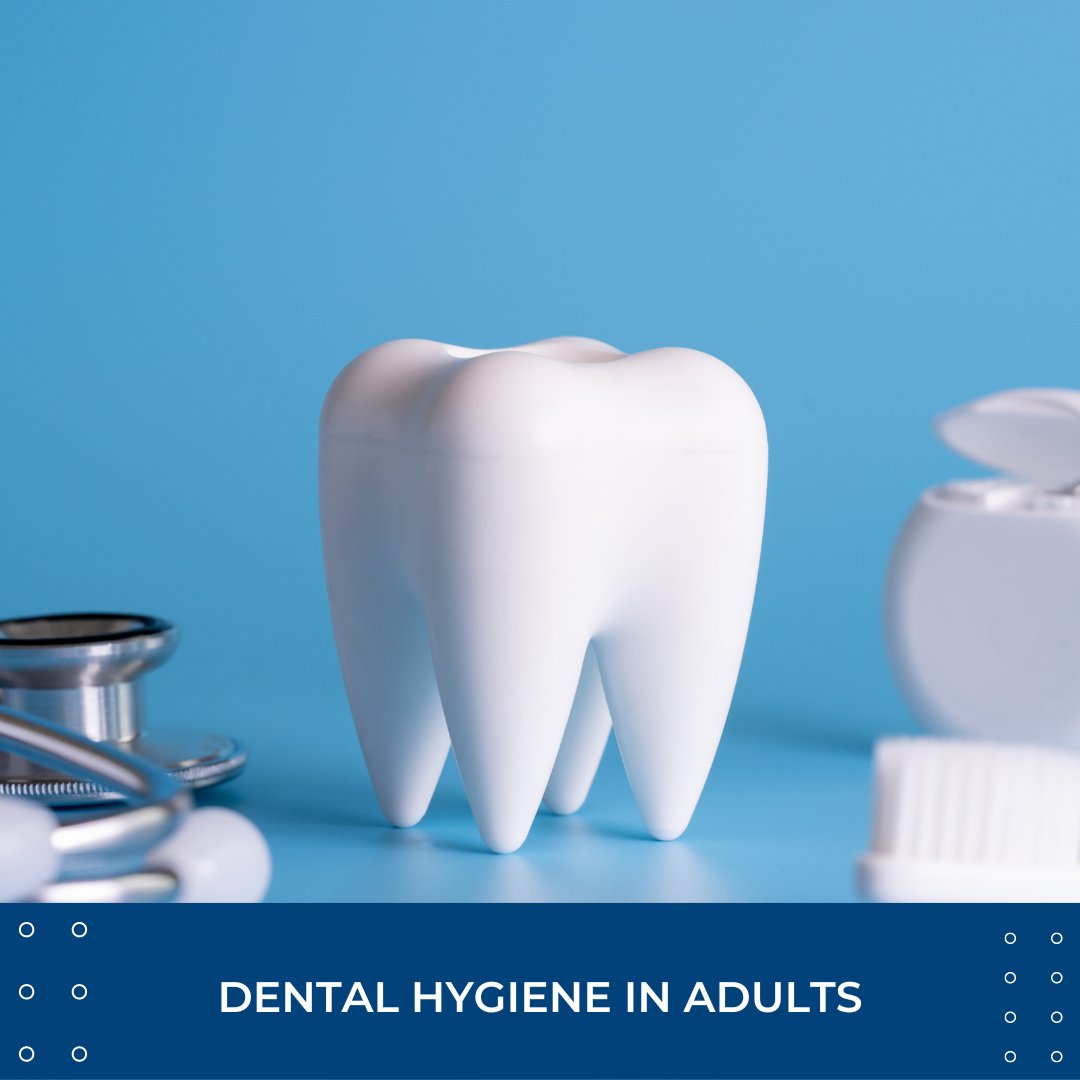
Dental health is an important element of overall health. Untreated cavities, gum disease, and tooth loss are serious issues that can lead to larger health problems. Many individuals may have difficulty accessing dental services and treatment, making good dental hygiene even more important.
Dental treatments can cost thousands of dollars, making many services out of reach, even for those who do have dental insurance. Some typical out-of-pocket expenses for common services include:
- Dental fillings – $175 – $400
- Dental crowns – $1000 – $2000
- Tooth extraction – $200 – $600 each
- Root canal – $800 – $1500
- Dentures – $1500 – $8000
- Scaling and Root Planing – $1000 – $1500
Dental care and treatment can be very costly. By taking good care of your teeth and gums, you can help prevent issues that will adversely affect your health and finances.
To help maintain good oral health:
- Brush teeth twice a day with a fluoride toothpaste
- Floss daily between the teeth
- Visit a dentist twice per year
- Drink fluoridated water
- Do not smoke or use tobacco products
- Limit alcoholic drinks
Tips for Proper Brushing
- Brushing your teeth before bed is crucial to dental health. Removing all the germs and plaque that accumulated throughout the day can help prevent gum disease, reduce acid and plaque build-up, and reduce dry mouth.
- Improve your brushing method. Go slowly, don’t press too hard, and work on your technique. Tilt your brush at a 45-degree angle and gently brush in a combination of back and forth and circular motions. Pay special attention to your gum line and the backside of your teeth. Using an electric toothbrush may help improve your technique.
- Brush for at least two minutes. Set a timer or play a short song to make sure that you’re taking enough time on brushing.
- Replace your toothbrush every three to four months or when it starts to show signs of wear. Toothbrushes should also be replaced following any illness or infection.
- Use fluoride toothpaste. Fluoride helps prevent tooth decay by strengthening enamel and slowing acid and bacteria production.
Flossing Basics
Food and bacteria like to sneak into the tiny spaces between teeth, making flossing an essential part of dental hygiene. Flossing also helps remove plaque and debris at and below the gumline. This can help prevent gum disease, which in turn reduces your chances of developing heart disease.
There are many types of flossing tools, from string floss to water flossing devices. It is important to choose the tools and methods that work best for you to ensure that you are flossing regularly. Some popular options include:
- Waxed floss: a string floss coated in wax; reduces friction between teeth for easier gliding
- Dental tape: a type of string floss that is typically a flat ribbon of nylon; easy gliding between teeth
- Floss picks: pre-strung pick that comes in a variety of types; convenient and portable, available in single-use disposable or refillable
- Water flosser: a device that uses pressurized water to remove plaque; easy to use, gentle on gums
- Air flosser: a device that uses pressurized air and water vapor; easy to use, gentle on gums
- Interdental / proxy brush: thin brushes slid between teeth; very effective but can be harder to use in small gaps
Tips for Proper Flossing with String Floss or Dental Tape:
- Wind approximately 18” of floss around the middle fingers of each hand
- Pinch floss between thumbs and index finger with a 1-2” gap between
- Gently glide floss between teeth in a zigzag motion, making a “C” shape around each tooth
- Slide the floss up and down against the tooth surface and beneath the gumline
- Unwind and rewind the floss after each tooth, using a new section of floss for every tooth
- Rinse your mouth with fresh water or mouthwash when complete
For more information on dental hygiene, speak with your dental professional or visit the National Institute of Health website at https://www.nidcr.nih.gov/health-info/oral-hygiene.
